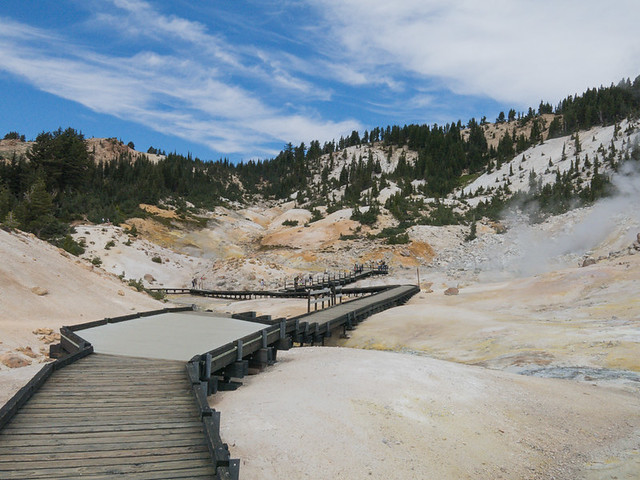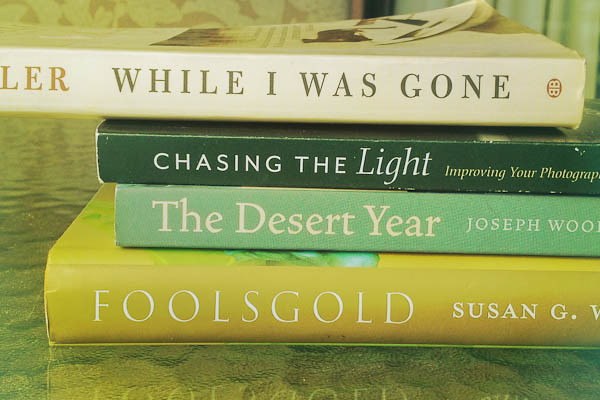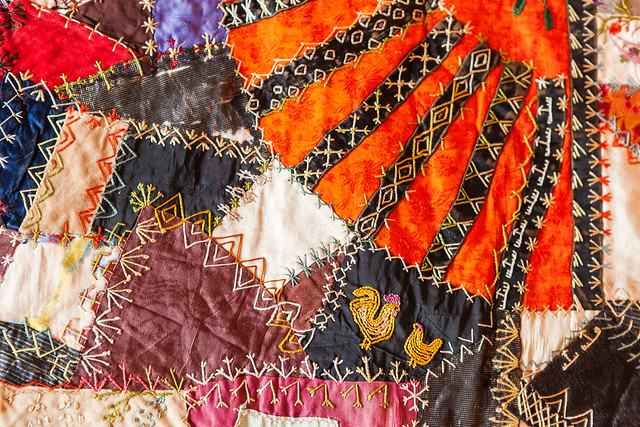Travel is on my mind.
Recently I’ve been consulting maps, researching places to visit, adding up miles for potential drives, and making camping reservations in parks throughout the American West. And last year I traveled over 5,000 miles and visited a twenty National Parks. So it is no wonder that travel would show up in a memoir project.
Travel memoirs come in all sizes and shapes.
A weekend exploring the jazz scene in the big city. A week rafting the Grand Canyon with fellow adventurers. A month touring wine country in Italy and learning the trade from vintners. All kinds of travel can provide moments worth writing about, worth capturing for posterity.
I have found in the past, though, that trying to recall travel memories can be unexpectedly difficult. After taking long vacations each year with my family for nearly a decade, our itineraries seemed to be hopeless puzzles. We had lots of memories, but often we remembered events and places differently, or not at all.
A few years ago I decided to begin taking notes during my trip for future reference, but I knew I’d sometimes not have time or inclination to write in a daily travel journal. Still, I needed a routine.
I came up with various techniques for documenting where I go and what I do when traveling.
Here are a few techniques to try:
- I discovered, while driving cross-country, we had many questions about the areas we drove through, but we would forget to look up the answers. Once I realized this, I found an easy solution. I purchased an up to date atlas when we took trips involving lots of driving time and destinations. As I checked directions and followed the map, I wrote any questions we asked on the map itself. When we had questions about the Nebraska Sandhills, I wrote our questions near the sandhills location on the map. When we wanted to know the difference between a wash and an arroyo, I wrote the question in the margin of the Arizona state map.
- All of the questions were in one easy, accessible place, and once we returned home, we spent an evening looking up the answers on the internet. And as an added bonus, we answered the questions on the map, and added the annotated map to out vacation memorabilia.
- It is also easy to highlight your route in the atlas or on a map with a bright-colored marker, add dates, even write notes about campgrounds, hotels, restaurants, tours, museums, parks, etc.
- When traveling, tour brochures or city guides are easy to collect, but also easy to misplace. I now pack an empty tote bag, and whenever we pick up information, the travel papers all go in one place. Not only is there less clutter, but all the information is in one place when we arrive home. Then it is easy to refer to the various maps and guides when I need information at a later time.
- I take photos of information signs, hotel and restaurant names, and other interpretive signs. Since I always carry a camera, especially on hikes or tours, I find this an easy way to capture names, places, and information I might otherwise forget.
Travel adds a special dimension to our lives, but with new activities and sights packed into a short time, it is easy to forget the details.
Taking a few moments to jot down new information on a map, collect brochures, or photograph important signs will give you plenty of memory joggers when it is time to capture your experiences in writing.












